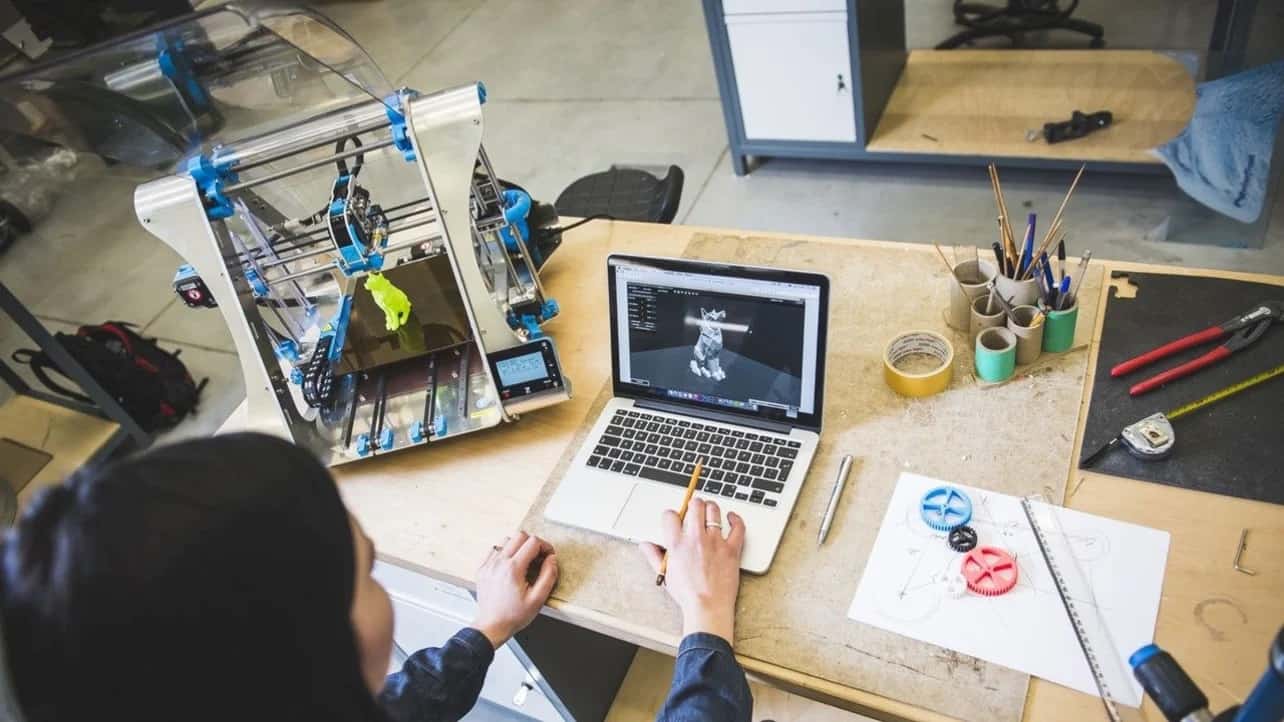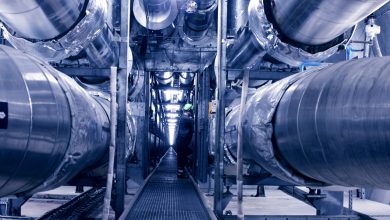
3D printing has come a huge way in recent times. 3D printers are amazingly affordable, provide significant benefits over traditional printers – and are hence increasingly being adopted for personal, professional, and educational use. With 3D printers, you can print three-dimensional models of just about anything under the sun from plastics to metal or even food.
Considering the amazing benefits 3D printers bring to the table, there’s never been a better time to buy one. Let’s delve into the top reasons why you should grab a 3D printer for your home, office, or workshop.
What is 3D Printing?
3D printing, also called additive manufacturing, is the method of creating 3-dimensional objects using computer-aided-design (CAD), where every 3D part is built by adding layer-by-layer of material. Materials like plastics, composites and biomaterials are layered to create a wide variety of objects of different shape, size, rigidity, and colour.
More companies across industries are choosing 3D printers due to the significant operational and business benefits they provide over traditional manufacturing practices of subtractive manufacturing and injection moulding. High quality 3D printers are the preferred choice of business, education, home, and government users across New Zealand.
Advantages of 3D Printing
Follow along as we break down the top advantages of 3D printing:
-
Speed
One of the major benefits of printing with 3D printers is Rapid Prototyping, or the ability to design, manufacture and test a part in minimal time. Earlier, it would take almost a year to fully develop a product, from start to finish. With 3D printing techniques, users can design a part, manufacture it in-house on a 3D printer, and test it well within just a few days. 3D printers enable you to create almost any customised product or part without the need for warehouses.
With 3D printers, you can print objects within hours, depending on its design and complexity. The time taken is much less compared to traditional methods. Not only the manufacturing process, but also the design process can be quick through the creation of STL or CAD files that are ready for printing.
-
Cost
Being a one-step manufacturing process, 3D printing saves time, and hence costs associated with use of different machinery for manufacture. 3D printers can also be set up and left to go on without the presence of operators all the time, thereby saving on labour costs. There is far less waste material as the printers only use the amount of material required for manufacturing the part itself.
-
Flexibility
3D Printers can print almost anything that fits within its build volume. These can print more complex designs than traditional manufacturing processes which have design restrictions.
-
Print on Demand
Unlike traditional manufacturing processes, 3D Printing does not need much space to stock inventory. This reduces space required and costs as bulk printing is done only when required. 3D design files are stored in virtual library, meaning they can be located and printed when required. Design edits can be made at very low costs by editing specific files only.
-
Competitive Advantage
Due to the fast speed and reduced costs of 3D printing, product life cycles are shorter. Businesses can deliver better products in short time. Besides, new products can be physically demonstrated in front of customers and investors, reducing risk of miscommunication. Businesses can easily create product prototype through 3D printing and obtain feedback from potential customers in a way that was never possible with traditional manufacturing methods. Products can be customised and altered right up to the very last minute before demonstration. Thus, 3D printing offers a valuable insight into whether a product has the potential to make it successfully to the market.
-
Minimising Waste
In traditional manufacturing process, the raw material gets wasted and reused multiple times, resulting in high cost and waste. Additive manufacturing or 3D printing involves manufacture of parts only, requiring materials needed for the part itself, with very little or no wastage.
-
Reduce Errors
3D Printing creates a product in one single step, without any interaction from operators throughout the process. Just select the design and upload it to the printer. This removes dependence on other manufacturing processes experienced in traditional methods, and reduces chances of any error in the final product.
-
Environment Friendly
3D printing technology is environment friendly as the process reduces the amount of material wasted. The use of lightweight 3D printed parts help improves fuel efficiency, adding to the overall environment benefits.
If these benefits seem interesting to you, you can explore a wonderful range of high-quality 3D printers at Konica Minolta New Zealand.




